#dyeing with plants
Text
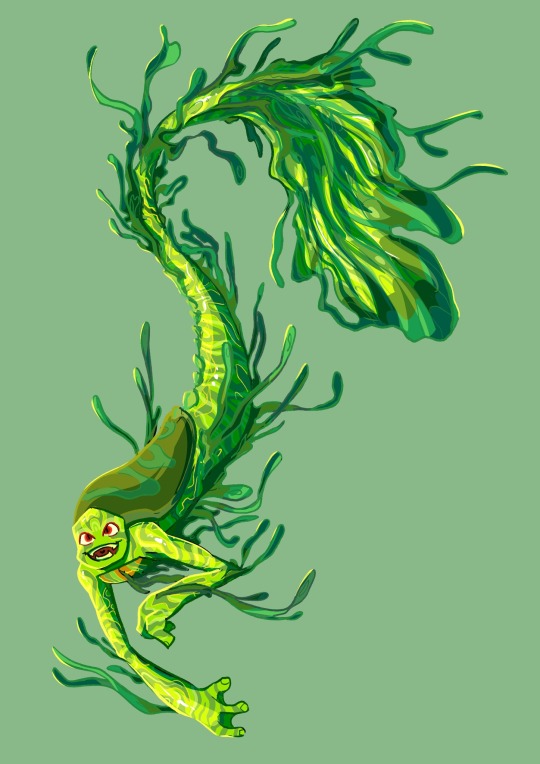
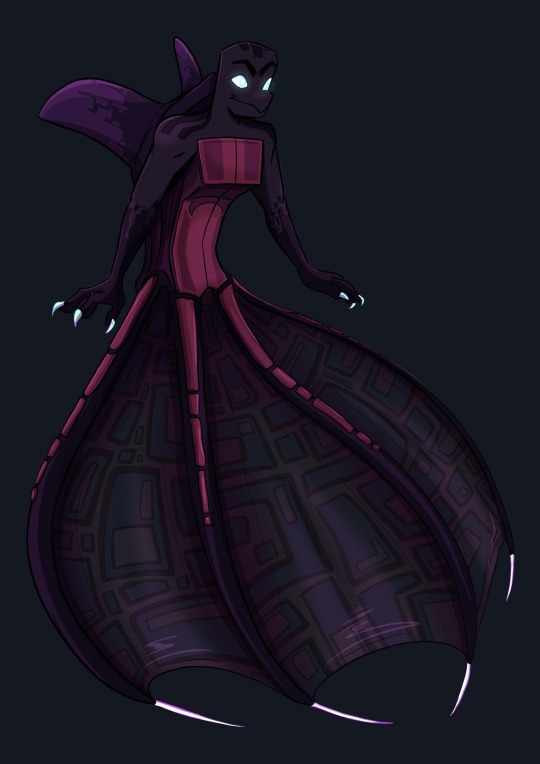
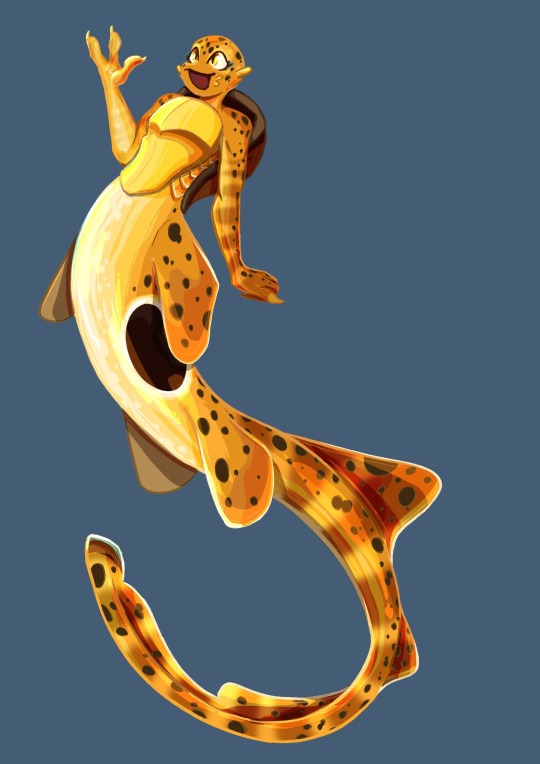
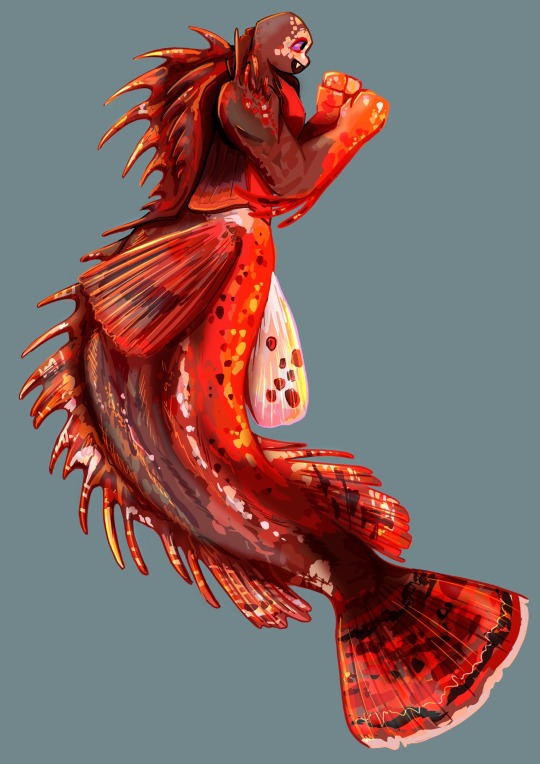
I wanted to do something for mermay, so here are my designs for some merturtles!
Leo is a Leafy seadragon,
Donnie is a Vampire squid
Mikey is a Epaulette shark
And Raph is a Scorpionfish!
Also heres a bonus drawing of a young April holding her little aquatic friends (dont worry they can breathe air just fine)
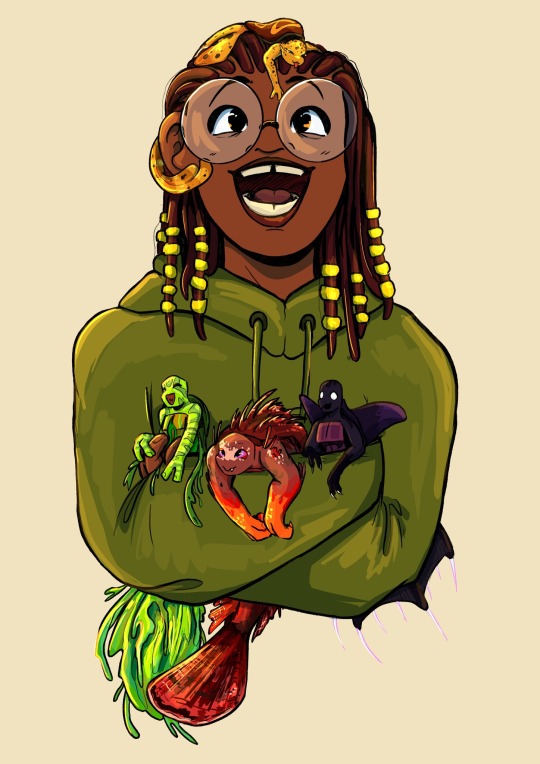
#Donnie can and will stare into your soul#Mikey is the only one who can really get around on land all that well#The rest are absolutely terrible#i fucking live epaulette sharks#theyre just so cool#dont look too hard at Donnies biology#....just dont#trust me#donnie has so much envy for octopi#they can use all theyre arms for manipulation while he can only ise two#despite having more arms than them!#its a tragedy#Leo is the camouflage master when hes around plants#except when he dyes some of the leafy tips bright colours#cause hes an idiot#Raph is poisonous#(not deadly though dw)#but he has conscious control over it#just dont startle him!#rottmnt#rottmnt leo#rottmnt donnie#rottmnt mikey#rottmnt raph#rottmnt april#mermay
629 notes
·
View notes
Text
The logwood came yesterday, I pured boiling water over it (20g). Let that soak for 24 hours (approximately) and boiled it for 3 hours.
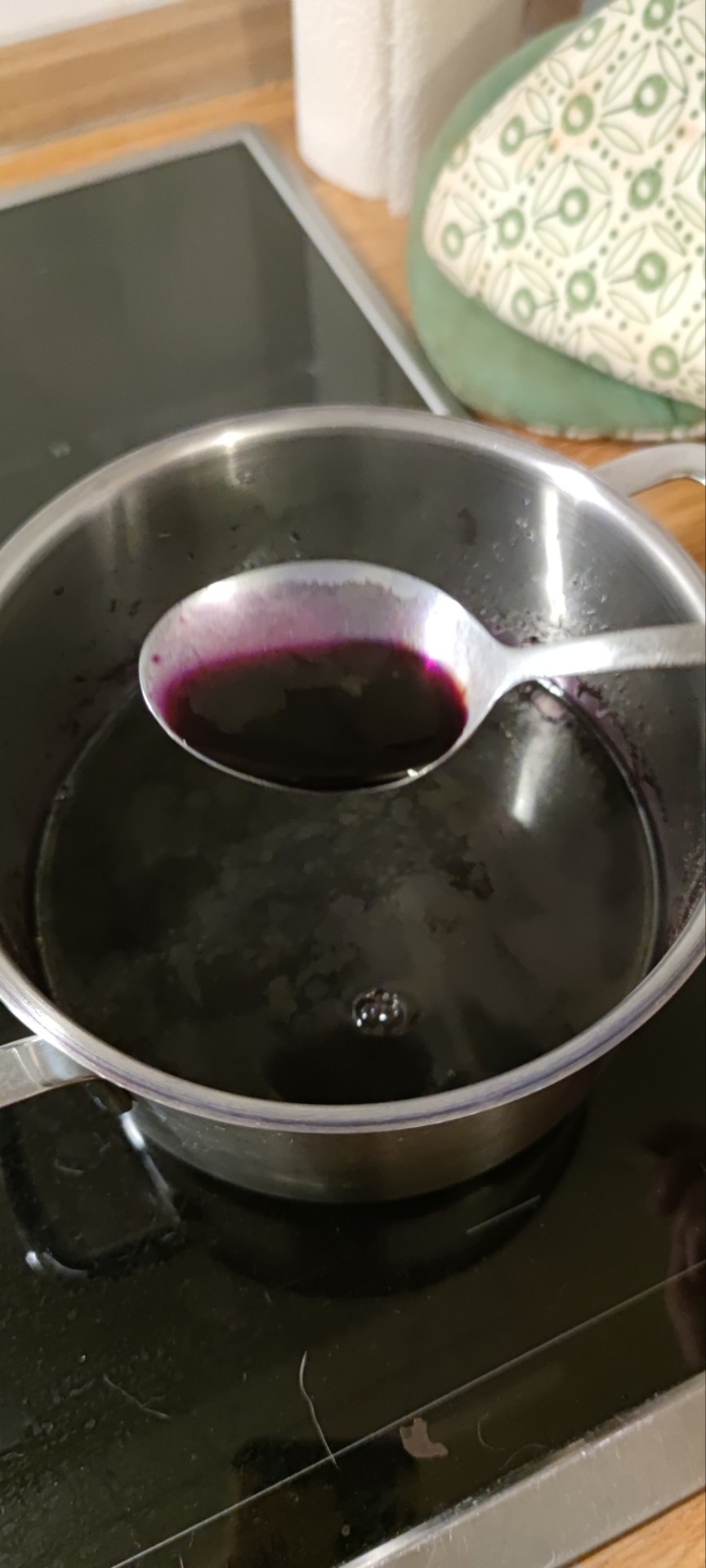
Look at the richness and color!!!!
This is supposed to dye 100g of wool lavender, I'll report back tomorrow!
853 notes
·
View notes
Text




They make me ill /pos
#art#my art#adventure time#fionna and cake#fionna the human#fionna campbell#flame princess#phoebe#hunter wizard#wildfirefly#fern the human#fern mertens#poppy the plant dog#flame prince#dj flame#flameflower#trying to figure out how to avoid fully shading my art now lol#turns out drawing like this takes longer#also the hair dye thing is based off that one tiktok#they probably changed it to purple afterwards#I wish they had better outfits#<- said by the guy who was in charge of designing different outfits
135 notes
·
View notes
Text



-Under the sun-
Plant dyed cotton wall hanging.
Alder, Avocado, Red onion. Oakmoss
Iron vitriol, Ammonia
122 notes
·
View notes
Text
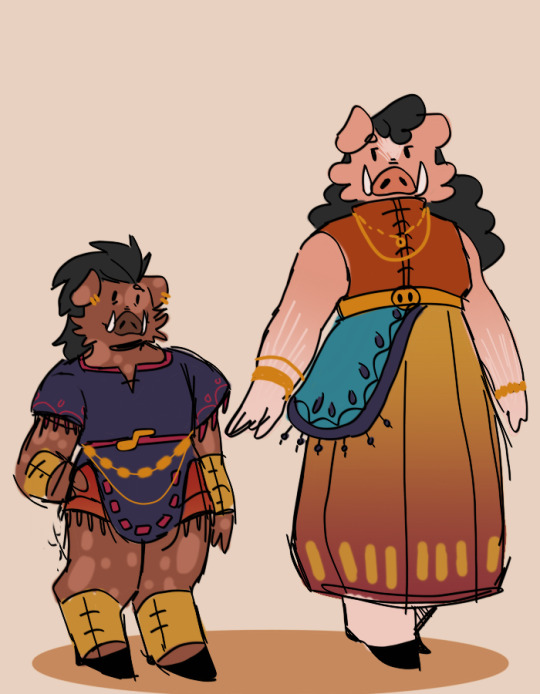

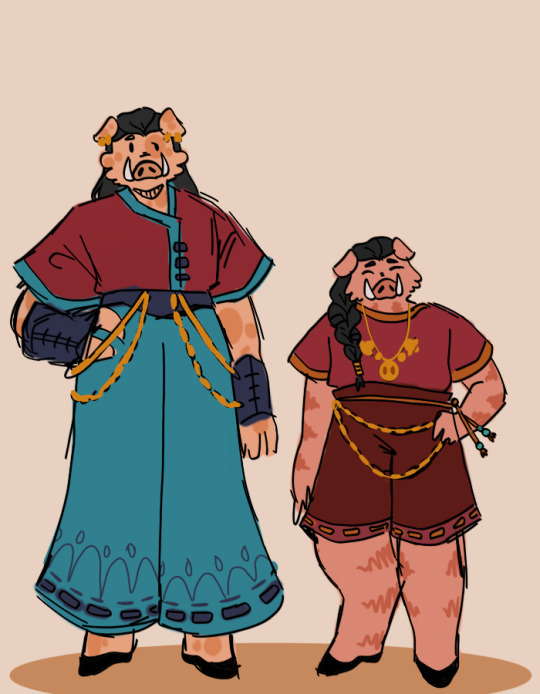
Been sketching out ideas for piglin everyday wear outfits :]
#minecraft#mineblr#piglin#art#mmmmmm colours#let the piglins be colourful!!!! there are so many plants n shit to make interesting dyes !!!#piglin fanart
2K notes
·
View notes
Text
World of Reptiles at Bronx Zoo 🐍🦎🌵🐢🐸








#New York City#Bronx Zoo#World of Reptiles#Wildlife#Reptilia#Green Tree Python#Burmese Python#Golden Barrel Cactus#Blue Tree Monitor#Dyeing Poison Dart Frog#Snake Necked Turtle#Indian Python#Cactus#Plants#Tree#Bamboo#Bronx#Zoo#Bronx Park#New York
63 notes
·
View notes
Text

Amber dye's associated items - Amber, Shimmering Savannabuds, and Pineapples!
Amber is a mineral you can find fairly commonly via Archeology. It can be used to craft some decoration blocks, and can be turned directly into Amber dye. When mixed with Blaze Powder, it becomes an intensely bright, viscous semifluid, known as Ember. You can attach it to a normal arrow and load it up into a crossbow - allowing you to shoot the mixture onto any surface, creating a bright light source in places you wouldn't be able to reach normally.
Shimmering Savannabuds are a new Sniffer plant! The Sniffer will dig up its seeds occasionally, and the fully grown plant can be turned directly into Amber dye.
Pineapples are a new plant that can only be found on islands. They grow similarly to melons and pumpkins, as once they are fully grown they do not need to be replanted and grow full Pineapple blocks. The fruit can be harvested, leaving behind the top of the pineapple - a source of the Amber dye - but also can be placed on dirt/grass to get just the top of the pineapple as a plant, or when planted on farmland, can begin to grow another pineapple. You can also use the flesh to make a kebab or a pineapple tart!
Here's a picture of the pineapple model -

Big thanks to enri on our discord server for some of these textures and ideas!
#minecraft#minecraft mods#modded minecraft#mineblr#pixel art#mc#dyes#el and l's dye mod#pineapple#amber#tropical#plants
252 notes
·
View notes
Text




Tried a bit of dyeing. The buckthorn berries out front are a lot harder to get than last year, but luckily they're a pretty potent dyestuff, and a handful or two is enough to dye an armful or so of wool.
Last year i got a beautiful golden green.
This year... at first, kind of blueish purple ? I ended up doing a quick test to see how it feels about being alkali or acidic. The acidic one basically just turned white again, which is kind of hihilarious. The alkali one though turned a bit green. In my test I didn't add any extra dye broth, just fresh water and lemon juice/baking soda.
Ive gotten better results adding a bunch of dye liquid into the alkali pot though, so I tried it here. We'll see the results. This id definitely a more blue green than yellow green like my last one.
Ive read that you get bluer dye the earlier the berries are harvested, which checks out here. Last year it was late summer and I picked dried berries from the ground. This year, they have just started ripening in earnest and are not dried.
Anyway, did not weigh anything of course but it was maybe 2 double handfuls of fresh early berries and an armful of wool mordanted in alum. First I cooked the berries on low, then mashed them, cooked a little longer on low (maybe 3 hours total), added the mordanted wool, cooked for another 3 or so hours. Then added to alkali bath with lots of extra dye broth.
With the exhaust, which is just as strong looking, I added another armful of wool, this time unmordanted, with a glug or so of copper mordant. Partway thru pouring I realized, ah, the copper mordant is suspended in vinegar so this will be acidic so I will probably get no color.
Curious if that will be true. If it takes on no color before I go to bed I will probably add a lot of baking soda and see what that does. But I'm hoping copper mordant = even stronger green.
I also read that if you can remove the buckthorn skins you can get blue.... now that would be a treat. It sounds labor intensive but I want to try it later if I can. Ive never gotten blue with foraged materials before.
Wool I'm using is clun forest x shetland.
Few other things: I've noticed recently that berries seem to produce much better results if you can cook them on low for only a short while. 3 hours counts as short in the world of natural dyeing; I've had dyepots on for 48 hours pretty regularly. Onion skins for example do best if you can get every last scrap of color from the skins, which can take several days. Berries, though...not so much. I think this could explain my pokeberry issues. I hope i can try with them again.




#guy 2 seconds away from fully losing it: hey i should pick some berries#always works. man i am not doing well but at least i seem to be getting a nice green#of course buckthorn trees are invasive here so picking is very good#but why am i not surprised im getting green/blue with an invasive plant#the colors of every plant it seems native to where i grew up and where i live now is yellow and orange#you can get yellow and orange basically anywhere#natural dyeing#naturally dyed#buckthorn#buckthorn berry#shetland x clun forest
41 notes
·
View notes
Text
Adventures in Plant Dyeing: Part 9 - St John's Wort
This year I decided to grow St John's Wort (hypericum perforatum) as a dyeplant in my garden. The plants didn't start flowering until very late July and as I was away during August, I didn't get to pick many flowers before they stopped flowering after the heatwave we had. Thankfully, I still had enough to hopefully dye a couple of skeins.
According to several sources including Jenny Dean's books (although, frustratingly, not the book I have), St John's wort is capable of producing both reds and yellows, depending on the mordant used. Jenny Dean has described a 'four skein' dyeing process, in which un-mordanted and mordanted yarns are added to the dye bath alternately. Since I couldn't access her instructions myself, only other blog posts showing their results, I knew it probably wouldn't turn out amazing, but I wanted to try anyway.
I mordanted one skein with alum and left the other un-mordanted.
To prepare the dye liquor, I added the flowers to water in a metal dye pot and heated them gently for a couple of hours until the water turned dark red. Then I strained out the flowers and added my first skein of yarn, the mordanted one.


The mordanted yarn is supposed to turn out yellow, however mine took up the red colour in some places and not others. This could be down to how I mordanted the yarn - maybe I didn't mordant it using enough alum, or didn't stir it well enough. It ended up a sort of mustard with pink splotches.
The un-mordanted yarn, which was supposed to take up the red colour, instead turned out a very pale acid yellow. I suppose the little red there had been had all been absorbed by the first skein.

I wasn't happy with either of these colours as I already have some pale yellow yarn from my attempts at dyeing with tansy, and I don't like to weave with unevenly-dyed yarn. Since I'd already dedicated most of my day to dyeing, I decided to overdye them and a couple of other skeins with some madder I had.
30 notes
·
View notes
Text

Selfie with my big boi sunflower. This one has about 30 flower heads on it and none have bloomed yet except the top one. It’s going to be quite a spectacle once they do 🌻
August 31, 2024
#sunflower#gardening#happy plants#plants#nature#community garden#tye dye#flowers#alternative#pagan#goddess#love#garden#green
18 notes
·
View notes
Text
◇ no namе
Сotton fabric & bleach $ fabric paint & wax А3 (tie-dye)

#artists on tumblr#art on tumblr#traditional art#illustration#art#artwork#drawing#painting#tie dye#nature morte#still life#flowers#plants#SaLaD
21 notes
·
View notes
Text
Some more plant dye experiments!
Trying the technique for acid dye variegated yarn with plant dye!


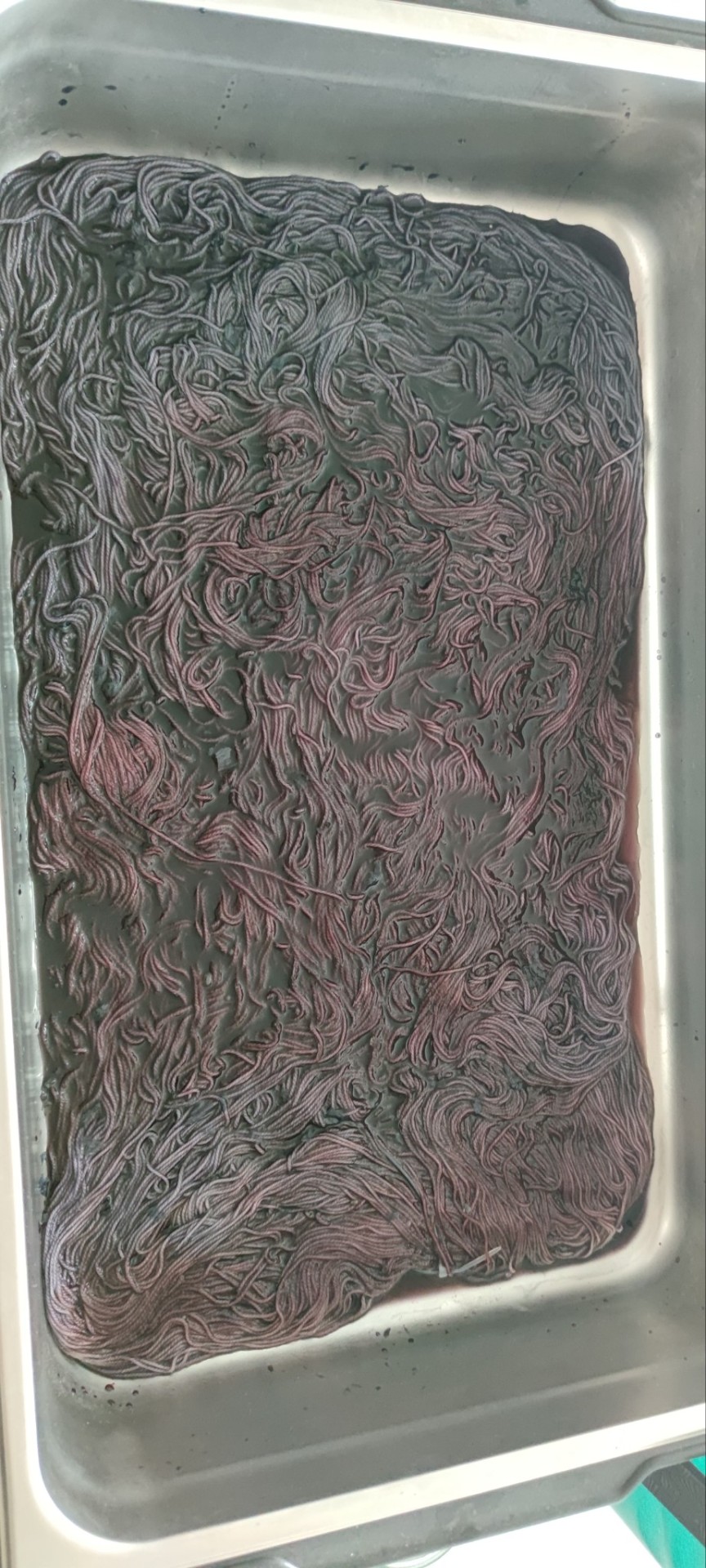
445 notes
·
View notes
Text


@re-l Legally had to give her a domina
#chronica’s hair is so weird it’s stick straight and then gets wavy right at the ends?#also I’m very intrigued by domina having dark hair do u think earth independents have mixed it up with humans enough that their features#aren’t as strict as gunsmoke plants#or do u think they just have access to hair dye#questions questions#anyway sorry for dyke-ifying them it will happen again#rill'sart#rill’sart#domica Trigun#chronica trigun#Trigun
39 notes
·
View notes
Text
How to ecoprint a t-shirt!

Take the cloth you want to dye – natural fibers like cotton, linen, wool and silk work best, but also polyamide! It it's new, it's good to wash it first to get rid of any surface treatments on the cloth.
Then you'll need mordant for your fabric: alum and tannins for cellulose fibers, or just alum for protein fibers. Mordanting will help the print stick to the fabric and stay vibrant! To pre-mordant, simply dissolve the mordant into hot water and dip your cloth in it. To calculate how much mordant you need, simply weigh your dry cloth and divide by ten.
After mordanting, you can let your cloth dry or simply wring it and continue to the next step. Using wet cloth will result in a more watercolour-like print, as the dyes spread a bit. For crisper prints, it's better to use dry cloth.
Next you'll need plant stuff! Most green stuff will give yellowish hues, but there are some plants that are special dye plants. Do your research or experiment! (I used dyers chamomille, st. john's wort and some purpleish plants that I'm hoping will give red.) Some kitchen scraps like onion skins, and some mushrooms (eg. surprise webcap) are also commonly used! You can use fresh or dried plants. Arrange them on your cloth in whatever pattern you like! I'm folding my shirt in half to get a mirrored print, so I placed some flowers facing up and some facing down, but generally you'll want to place the flower face down and leaves face up!

Then it's time for wrapping up your cloth! You'll need another fabric or plastic to cover the cloth and something solid to wrap your fabric around, like a stick, some rulers or a piece of pipe. A rolling pin can be helpful in getting the plants flat against the fabric before wrapping. I used a big glass jar, like so!

Place the other fabric or plastic on top of your cloth and roll tightly! Tie the roll with some scrap yarn so it stays tight and finally wrap it in a towel. If you want a background colour, you can use a transfer cloth that's dipped in dye in place of the plastic or other fabric.


Next this roll will be steamed to get the colours from the plants into the cloth. A big kettle and small flower pot upside down work well, if you don't want to sacrifice a juicer. I used a bucket, a styrofoam box and an elecric kettle to save energy. Let it steam for 1,5 hours. If your cloth and plants were dried, it will take longer.

Once it's steamed, let it cool completely. Then it's time for the reveal! Dry and iron, wear and hand-wash.
I'll post the finished shirt once it's ready!
#i got inspired by spotting the plants on a weekend trip#i haven't found them growing near where i live but i took a long biking trip and admired them on the roadside#ugh my legs are tired from biking 180 km in two days and trying to keep up with my faster friend#but anyway i wanted to make a tutorial on this since it was#solarpunk aesthetic week#last week and I didn't have time then#fiber arts#craftsofsiri#solarpunk#solarpunk crafts#dyeing#natural dyeing#contact printing#ecoprinting
24 notes
·
View notes
Text
Alright, finally I have all the stuff I need to plant-dye these curtains, and I figure I'd post this in case someone's curious about the process.
I'll tag posts about this as "plant dye thread" in case you wanna blacklist :)

Step 1: Washed my fabric to make sure there's no residues on that might interfere with the dye process. Especially important if it's brand new fabric. (I'm also chucking in some plain white and unbleached cotton fabric to keep around for test-dyes)
122 notes
·
View notes
Text









Lots of fun pictures!
This was the tallest sunflower this year (I think it sort of looks like a solar eclipse in the pic) and the seeds will make a good dye.
Made some yummy food too! Stew with friends and birthday apple pie in a ceramic dish my grandmother made. (She's the one who taught me to be a potter. Isn't it a beautiful dish?)
We also caught the culprit in the case of the missing eggs: Quiche the rat snake! It was relocated about a half mile, hopefully far enough it doesn't come back...
Dog pics for tax 🐕 him napping and also sniffing a gigantic radish from our garden.
Solid late summer vibes 🌞🌻🍲🥧🧙♂️🐍
#nature#cottagecore#naturecore#homesteading#plants#flowers#dog#food#soup#apple pie#giant radish#sunflower#natural dye#snake
18 notes
·
View notes